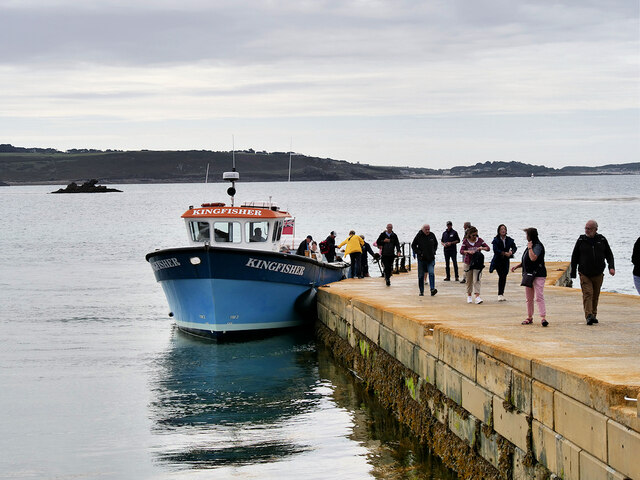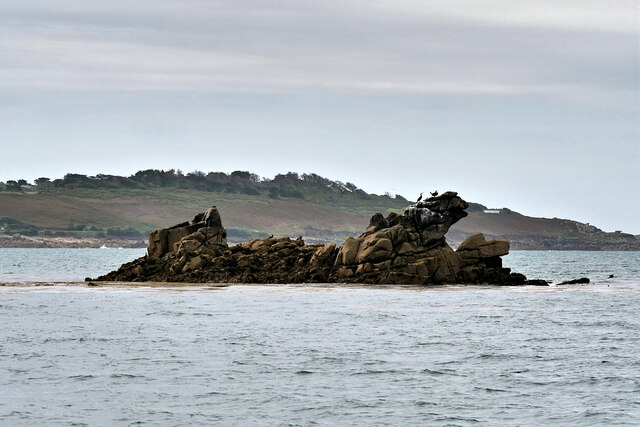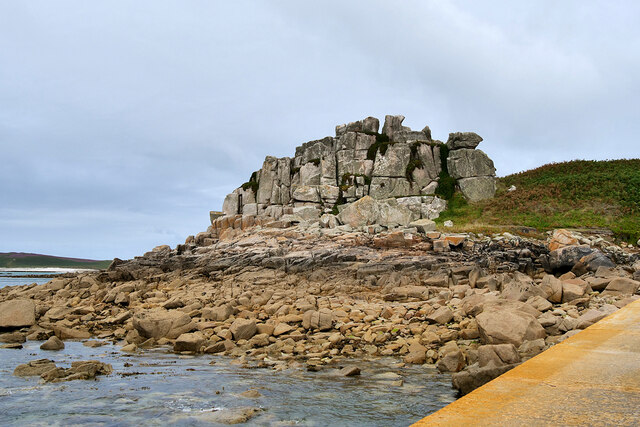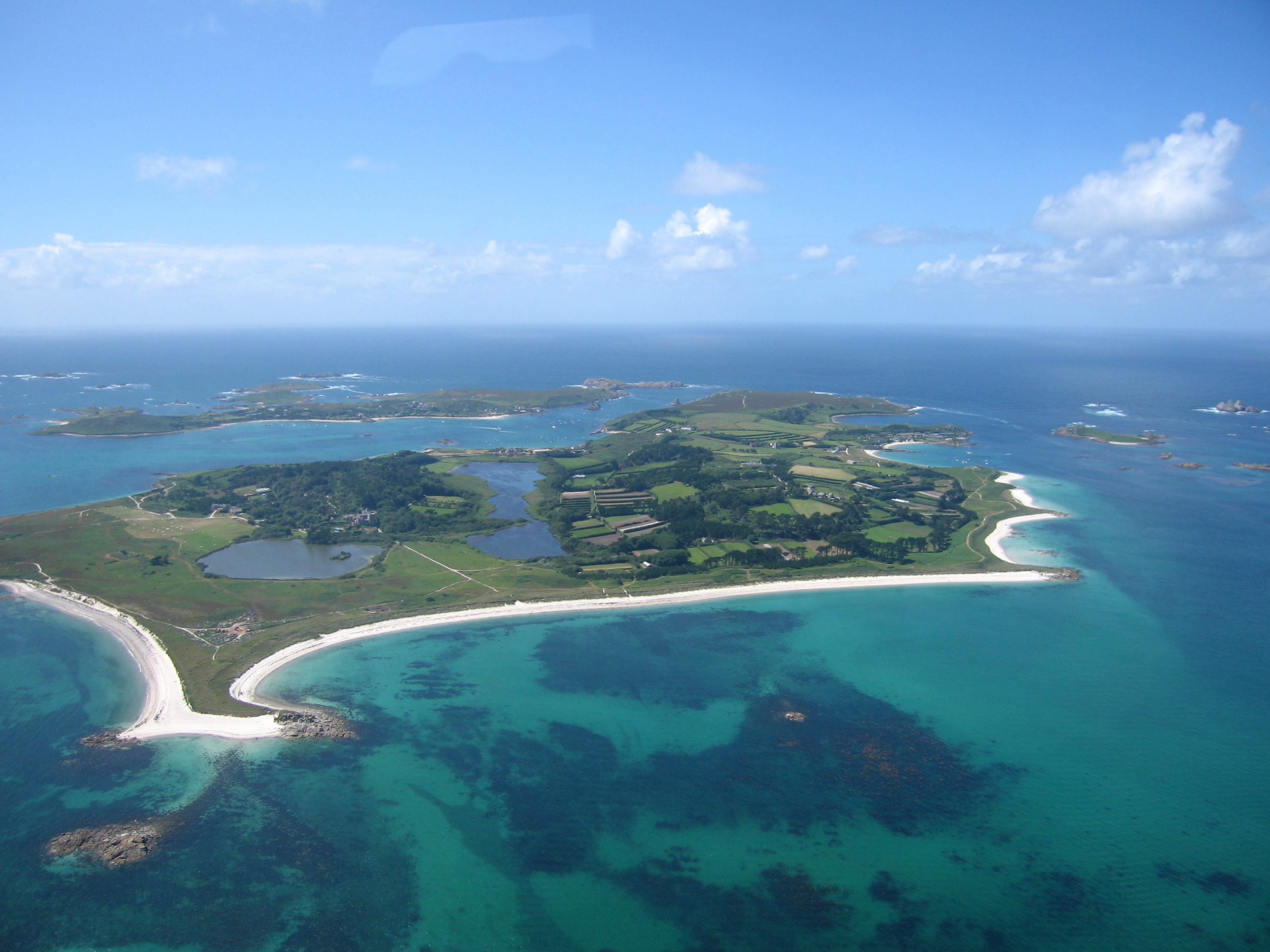Paper Ledge
Island in Cornwall
England
Paper Ledge

Paper Ledge is a small, uninhabited island located off the coast of Cornwall, England. Situated approximately 300 meters from the mainland, it is a popular destination for birdwatchers and wildlife enthusiasts. The island is accessible by boat during low tide, but caution must be exercised due to the treacherous rocks that surround it.
Covering an area of around 1 acre, Paper Ledge is known for its diverse bird population. It serves as a breeding ground for several species, including puffins, razorbills, and guillemots. The island's cliffs provide nesting sites and protection for these birds, making it an important conservation area.
In addition to its avian residents, Paper Ledge also supports a variety of marine life. Seals can often be spotted basking on the rocks, while the surrounding waters are home to a range of fish species. The island's rocky shores are also teeming with intertidal creatures such as crabs, starfish, and barnacles.
Given its small size, there are no facilities or amenities on Paper Ledge. Visitors are advised to bring their own provisions and be mindful of the fragile ecosystem. It is important to respect the island's wildlife and adhere to any conservation guidelines in place.
While it may be challenging to access, Paper Ledge offers a unique opportunity to observe and appreciate the natural beauty of Cornwall's coastal ecosystem. Its remote location and abundance of wildlife make it a true hidden gem for nature enthusiasts.
If you have any feedback on the listing, please let us know in the comments section below.
Paper Ledge Images
Images are sourced within 2km of 49.937085/-6.3346483 or Grid Reference SV8913. Thanks to Geograph Open Source API. All images are credited.













Paper Ledge is located at Grid Ref: SV8913 (Lat: 49.937085, Lng: -6.3346483)
Division: Isles of Scilly
Unitary Authority: Isles of Scilly
Police Authority: Devon and Cornwall
What 3 Words
///stiff.pricier.tangent. Near Tresco, Isles of Scilly
Nearby Locations
Related Wikis
Nearby Amenities
Located within 500m of 49.937085,-6.3346483Have you been to Paper Ledge?
Leave your review of Paper Ledge below (or comments, questions and feedback).









